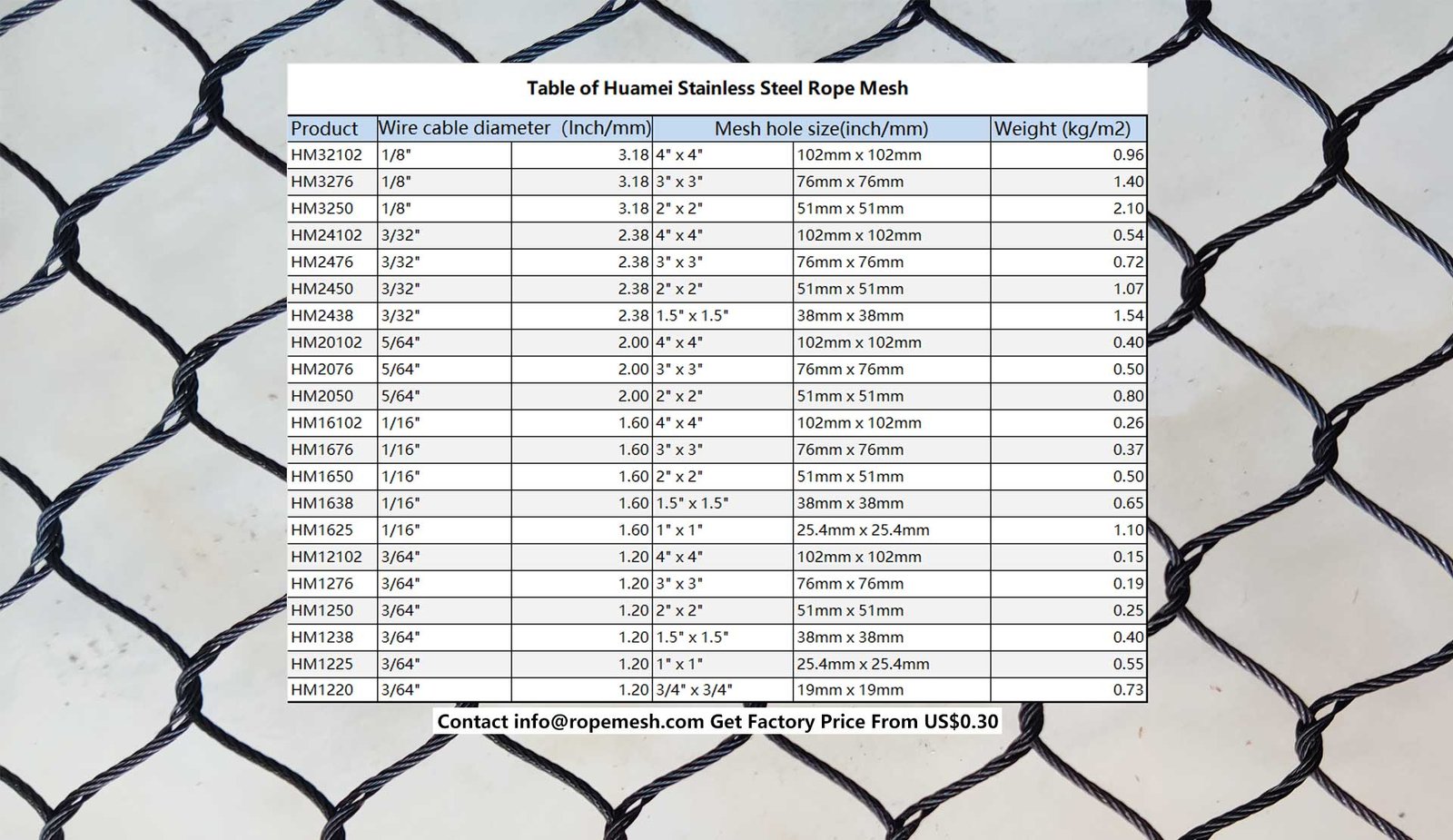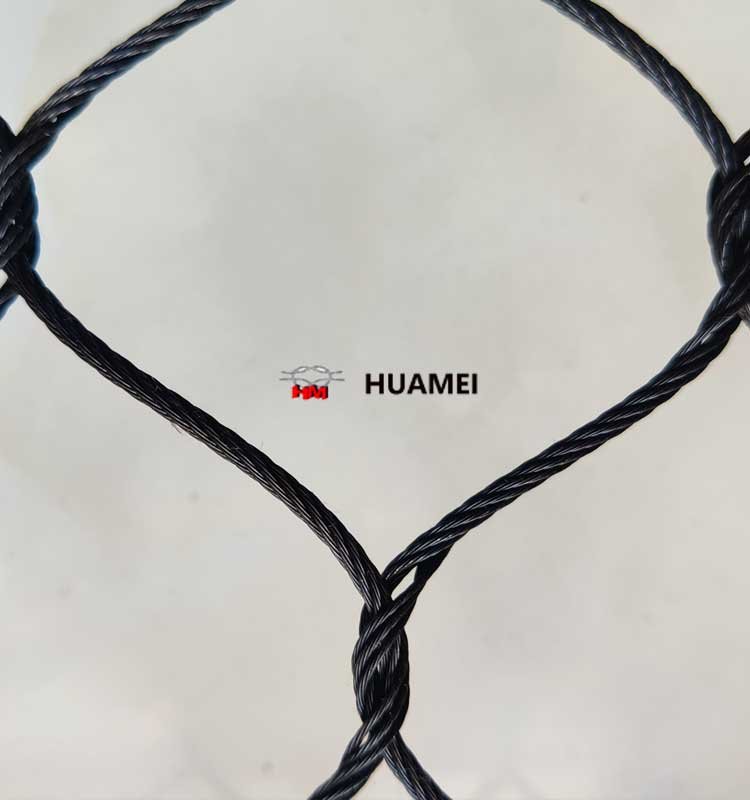Introduction
Wire rope netting is a highly versatile and durable solution used across various industries for both functional and aesthetic purposes. It comprises interconnected wire ropes that create a grid-like structure, providing excellent strength and stability. The primary component of wire rope netting is the steel wire rope, which is engineered to withstand substantial loads and environmental conditions. The manufacturing process often involves weaving or interlacing multiple strands of wire, resulting in a netting system capable of supporting considerable weight while maintaining flexibility.
One of the distinct advantages of wire rope netting is its ability to offer visibility while ensuring safety. This characteristic makes it a preferred choice in settings such as wildlife enclosures, construction sites, and industrial facilities. Unlike traditional netting materials, wire rope netting features a more robust design that prevents animals from escaping or entering restricted areas, all while allowing for unobstructed views of the surroundings. This visual permeability ensures that installations do not obstruct light or sight lines, making it an ideal solution for applications that demand both security and aesthetics.
Additionally, wire rope netting differs from other types of netting, such as plastic or textile variants, in terms of longevity and maintenance. The metal components provide greater resistance to wear and tear, making it suitable for outdoor applications with exposure to elements such as UV rays, moisture, and extreme temperatures. As a result, wire rope netting exhibits a longer service life, requiring minimal upkeep, which is appealing to various industries including architecture, agriculture, and marine installations. The versatility of this netting solution is further underscored by its adaptability to different environments, whether in urban design or natural habitat restoration.


